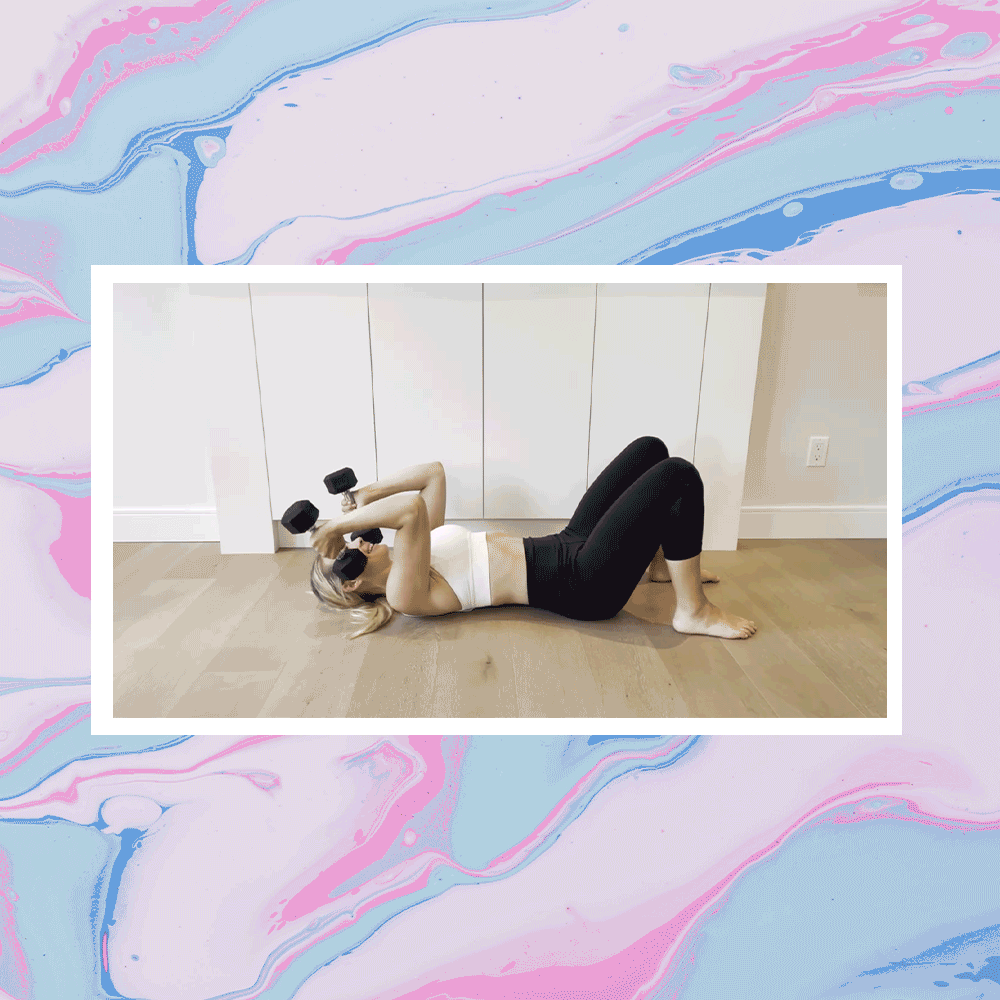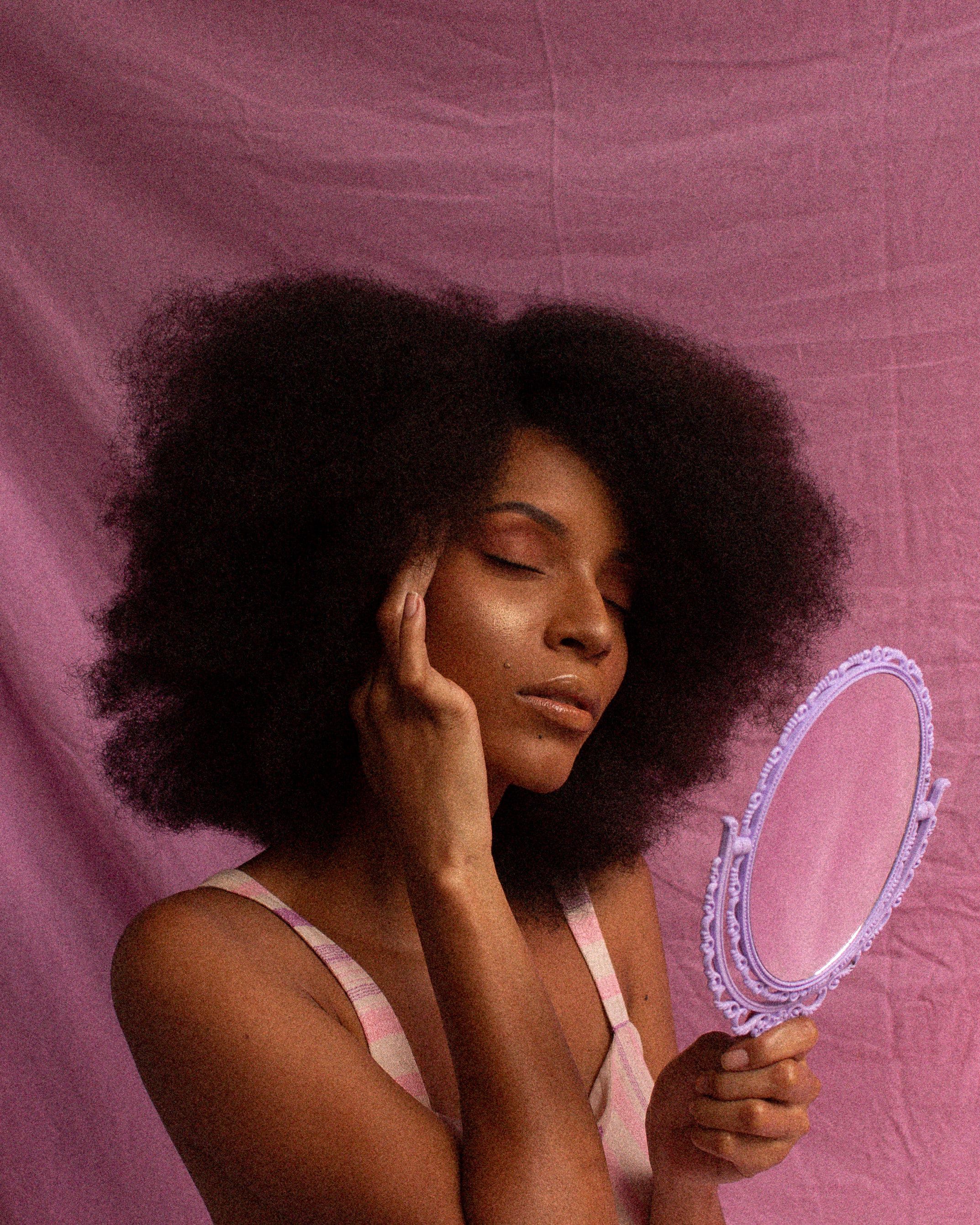Pros Explain How to Correct a Case of Bad Botox
Most people know Botox for its cosmetic effects, like minimizing the appearance of wrinkles, but Botox has been used for years to treat conditions like hyperhydrosis, migraines, TMD (or disorders that stem from problems with the jaw joint and surrounding facial muscles), and more. When it’s used on the face, a little dose here and there can halt the signs of aging (should that be something you’re interested in doing), but sometimes too much of a good thing can produce less than stellar results.
We spoke with Joshua Zeichner, MD, director of cosmetic and clinical research in Dermatology at Mount Sinai Hospital in New York City, and Annie Chiu, MD, board certified dermatologist and founder of The Derm Institute, to find out exactly what Botox is, why some people may be unsatisfied with the results, and how to correct a “bad” Botox session.
Avoid Future Mistakes by Understanding How Botox Works
Aside from conducting the necessary research before you proceed with Botox, the best way to get the results you want is to understand what Botox is, why it works, and how it’s used.
“Botulinum toxin works by blocking the signal released by your nerves which stimulates your muscles to constrict,” Zeichner says. “By relaxing specific muscles of facial expression, you can temporarily prevent the overlying skin from folding, which allows the skin to fill in wrinkles that have already developed. Continuous use can also prevent lines from becoming etched into the skin to begin with. These toxins are commonly used to treat the ’11’ wrinkles between the eyebrows, horizontal lines on the forehead, and crows feet wrinkles around the eyes.”
So, how can a Botox treatment yield an undesirable result? Dr. Zeichner says that your outcome depends on the pattern of injection in the face and how much of the toxin was administered. “The most concerning for patients is typically a dropped brow or eyelid, either on one side or both,” adds Dr. Chiu. “If botox is placed too low or too much botox is used in the forehead, you can get flattened or heavy brow sensation.” Additionally, undesirable results from Botox may occur when muscles other the intended target are relaxed.
She goes on to say that other ways your botox experience can go awry is if too much botox is administered and it creates an overly-frozen look, or if some of your muscles prove stronger than others, causing asymmetry. “I always tell patients it is best to start conservative, as everyone is a bit different in how much they react to botox,” she says. “It is easy to adjust by adding, but hard to take away if it looks unnatural or odd. Truly good botox should be nearly undetectable, leaving you looking fresher and more rested, but not different in a noticeable way.”
Be Patient
When it comes to Botox, there’s good news and bad news. The good news is that Botox is a procedure that produces temporary results, meaning even a “bad” case of Botox will eventually disappear over time. The bad news is that not much can be done to reverse the effects. This is of course not a settling thing to read, but being patient and allowing time to pass is your best bet at correcting the procedure. “The effects of Botox are long-lasting, so once you get the treatment, there is not much to do but wait for it to wear off, and results usually last between three and five months,” says Dr. Zeichner.
If you think that your Botox appointment didn’t give you the results you were after, your opinion might change in about a week or two. Dr. Chiu suggests waiting 10-14 days for the treatment to fully kick in. “Some of these issues are just a result of different muscles reacting to the product at different times,” she explains. Dr. Chiu says you can see an injector to help correct the result, if the situation calls for it. (More on this later.) “After this window, injectors will know how best to correct but not ‘overcorrect’ your particular issue,” she says.
Add More Botox if the Conditions Call for It
“If you have an issue that can be corrected by adding more Botox, then ‘bad’ Botox can be improved,” Dr. Zeichner says. This tactic won’t work for someone who has simply received too much Botox, which, again, often results in a “frozen” look, but it can help if the injections are asymmetrical, in which case, a bit more can be added to the other side of the face to even things out. For example: Because Botox temporarily weakens or paralyzes the muscle, if one side of the face is still able to move causing a “stronger” and more elevated look, then adding more Botox in that area will help to relax the muscle and even the plane.
Know When Enough is Enough
Sometimes, the best way to fix a problem is to take a hands-on approach, but this is definitely not always the case when it comes to cosmetic procedures, so always be sure to talk to your doctor before you automatically look to another session as the answer.
“More Botox is not necessarily better,” warns Zeichner. “The goal of treatment is not to freeze the face completely, but rather to provide a natural appearance where the face can still move. Over-treating the forehead can result in the eyebrows becoming dropped or flat. Injecting only the middle of the forehead can cause a ‘joker eyebrow,’ where it looks over-arched. Over-treating the crows feet can actually interfere with your smile. Rarely treating the 11 lines can cause a droopy eyelid.”
Whatever you opt to do with your Botox treatment, it’s best to start slow and work your way up, and always take the time to research the person administering the treatment for the best results. “It is important to be treated by an experienced injector to minimize this risk,” Zeichner says. “Getting bad Botox does not mean that Botox is bad. Your outcome depends on the skill and aesthetic of your injector. Just as you may not like a haircut at one salon, it doesn’t mean that you won’t be happy if you go to another one.”
Look to Treatments Containing Copper
Because Botox paralyzes facial muscles by blocking the nerves, there isn’t much to be done to reverse the effect, although, according to a 2017 study, copper may inhibit the effects of the toxin.1
“Copper has been shown to help reverse the effects of Botox injections,” offers Zeichner. “It is unclear, however, whether copper supplements or copper containing topicals may be effective in reversing the effects of Botox. Copper peptides, an increasingly popular skincare ingredient, is known for offering some of the desired side effects of Botox when applied to the skin, and is found in a number of serums, like the Korres Golden Krocus Ageless Saffron Elixir Serum.
Stay Away from Zinc
While there is no magic ingredient that will immediately correct the effects of an undesired Botox job, some minerals may improve the effects of Botox.
“Zinc may enhance the effect,” says Zeichner. “Many doctors recommend their patients take zinc supplements when they get their treatment for a better outcome. Zinc is known for being effective in treating acne for its antioxidant properties, so be sure to check the ingredient labels for zinc on your skincare products.”
In terms of diet, zinc-rich foods include meat, eggs, whole grains, and legumes, but always make your overall health a priority before making changes.
Fool the Eye With Makeup
While you can’t technically reverse the effects of a cosmetic procedure, you can look to makeup tricks to disguise unwanted effects (or enhance others).
“You may be able to apply your makeup in a different way to compensate for the changes associated with bad Botox,” Dr. Zeichner states. Drooping eyes can be made to appear lifted by focusing on the lashes, or adding concealer, highlighter, or winged eyeliner, in some cases. Brows can be evened out with brow pencil, powder, or gel, and styling your hair to complement your facial structure can be a quick, temporary fix while you wait for the effects of Botox to wear off.
Familiarize Yourself With Botulinum Toxin Brands
The term “Botox” has become synonymous with botulinum toxin, but there are actually several brands of the ingredients available, some of which may yield different results depending on the person.
“Botox is one brand of botulinum toxin used cosmetically to improve the appearance of wrinkles caused by facial expressions,” explains Zeichner. “Other brands of botulinum currently available include Dysport, Xeomin, and Jeuveau.” Along with these, Zeichner says there are two toxins being developed that should come to the market. “The first is called Bonti from Allergan, The makers of Botox,” he says. “This toxin has a quick onset of action, and its effects are short-lived. It will be a good option for first-timers or for people who need to get a last-minute treatment. Daxi is a longer lasting toxin from Revance Therapeutics [and] should give improvement for at least six months.”
Bottom Line
If you think that your Botox appointment didn’t give you the results you were after, make sure to, first, wait 10-14 days for the treatment to fully kick in. There isn’t much that can reverse the effects of your treatment outside of time. Speak with a professional regarding potentially alleviating the effects using additional botox, treatments with copper, and more.









